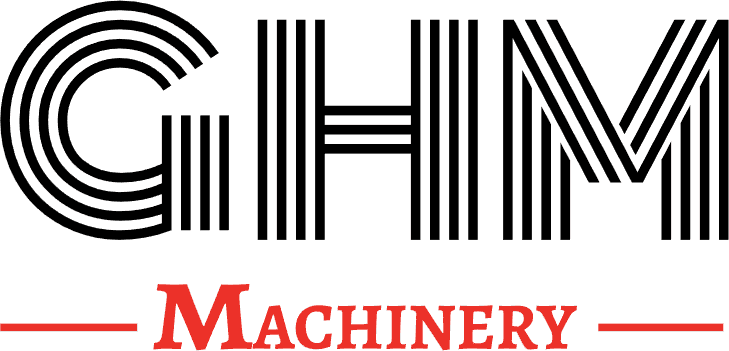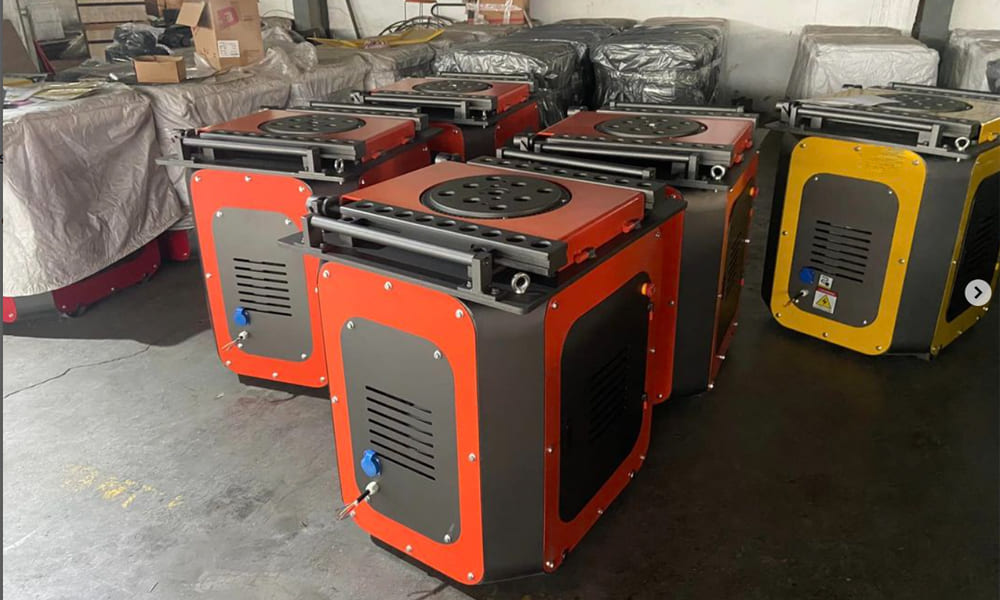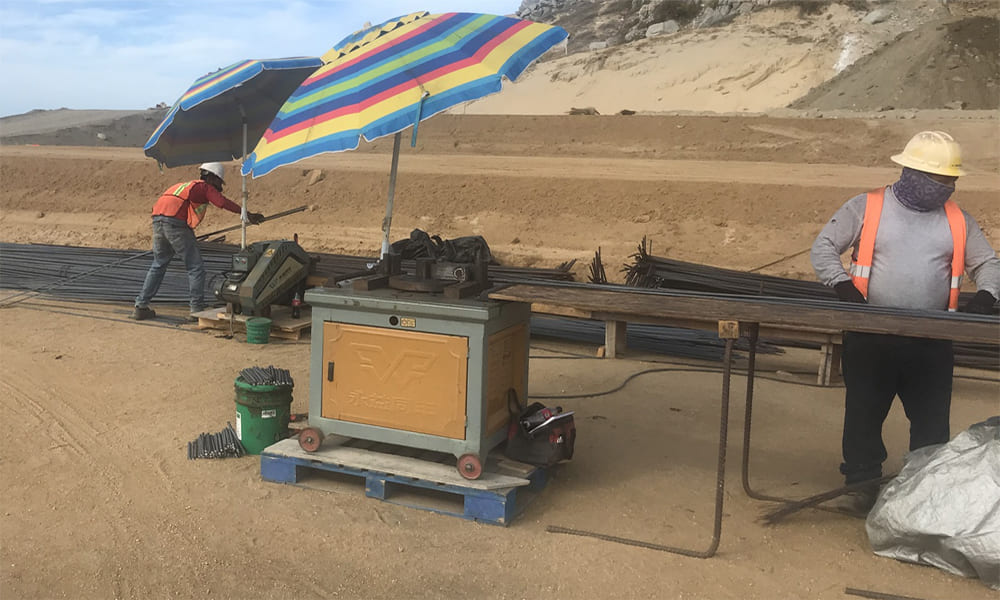A Complete Guide to Operating a 42 Rebar Bending Machine: Safety and Efficiency
42 Rebar bending machine is essential tool in the construction industry, designed to streamline the shaping of reinforcement bars with precision and efficiency. To ensure both operator safety and the quality of the bent bars, it is critical to understand the correct operation of these machines. This guide outlines the key steps for safely and effectively operating a rebar bending machine.
Prioritize Safety
Before starting any operation, safety should always come first. Make sure to wear the proper personal protective equipment (PPE), including safety glasses, gloves, and ear protection. It’s also vital to familiarize yourself with the emergency stop button and ensure it is easily accessible at all times. Never bypass safety features or remove safety guards, as these are crucial for protecting operators from potential hazards.
Conduct a Thorough Machine Inspection
Before operating the rebar bending machine, inspect it carefully to ensure that everything is in good working condition:
- Look for any visible damage or loose bolts.
- Ensure that the bending rolls are clean and free from debris.
- Lubricate all moving parts as recommended by the manufacturer to maintain smooth, efficient operation.
Prepare the Material
Always use high-quality reinforcing steel bars (rebar) that meet the specifications outlined in your construction plans. Prior to bending:
- Inspect each rebar for defects such as cracks, rust, or deformation.
- Ensure the rebar is straight and free from any abnormalities that might affect the bending process.
Set Up the Machine
Adjust the rebar bending machine to the required settings for your project:
- Set the bending angle and radius according to your specifications using the machine’s control panel.
- Refer to the machine’s manual for guidance on other adjustments, such as bending speed and mandrel size, to ensure optimal performance.
Loading the Rebar
Carefully load the rebar into the machine:
- Align the rebar with the bending rolls to ensure accurate bending.
- Use proper lifting techniques to prevent injury and avoid damaging the rebar.
- Ensure the rebar is securely positioned to prevent slippage during the bending process.
Operate the Machine
Start the rebar bending machine and monitor the process closely:
- Watch the alignment of the rebar and make any necessary adjustments to maintain accuracy.
- Avoid overloading the machine by adhering to the recommended bending capacity provided by the manufacturer.
Conduct Quality Control
Once the rebar is bent, check the quality:
- Inspect the bent rebar for defects or irregularities.
- Measure the angles and dimensions to confirm they meet the project specifications.
- If necessary, adjust the machine settings and repeat the bending process to ensure perfect results.
Unloading and Storing the Bent Rebar
After the bending process is complete:
- Carefully unload the bent rebar from the machine.
- Store the rebar in a designated area to protect it from environmental factors that may affect its strength or integrity.
Conclusion
Proper operation of a rebar bending machine, like the GHM Rebar Bending Machine, demands a combination of technical skill, safety awareness, and attention to detail. By following these guidelines, operators can ensure both efficient machine use and the production of high-quality bent rebar for any construction project. Always consult the manufacturer’s instructions for specific details related to your machine model to maximize its performance and lifespan.



